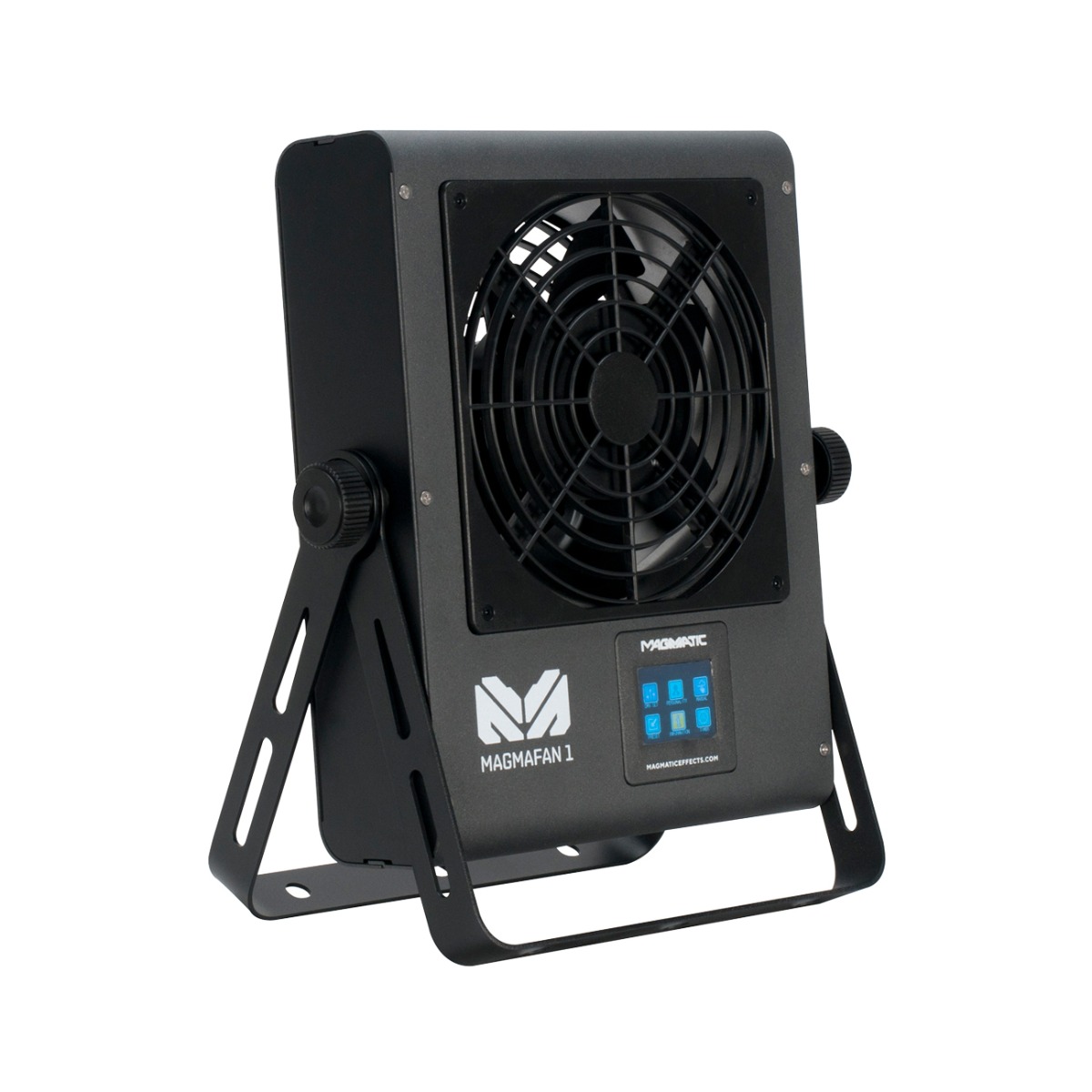FAN1 - Wikipedia
Several crystal structures of the ... of FAN1 contains three domains: an SAP domain (primary-DNA binding domain), a TPR domain (mediating interdomain interaction and dimerization interface) and the virus-type replication-repair nuclease module (VRR_NUC, catalytic site) (Figure 1)... Several crystal structures of the residues 373-1017 have been characterized. This portion of FAN1 contains three domains: an SAP domain (primary-DNA binding domain), a TPR domain (mediating interdomain interaction and dimerization interface) and the virus-type replication-repair nuclease module (VRR_NUC, catalytic site) (Figure 1).Mutations in FAN1 can result in chronic kidney diseases and neurological conditions such as schizophrenia. However, recent research has called into question the categorization of FAN1 as an FA gene. In 2015 researchers studied four individuals with chromosomal microdeletion of 15q13.3.FANCD2/FANCI-associated nuclease 1 (KIAA1018) is an enzyme that in humans is encoded by the FAN1 gene. It is a structure dependent endonuclease. It is thought to play an important role in the Fanconi Anemia (FA) pathway. FAN1 is a protein of 1017 amino acids.In the FAN1 dimer, the SAP regions of both FAN1 enzymes make contact with the DNA duplex (dsDNA). This double contact facilitates DNA induced dimerization, as well as guiding the single stranded (ssDNA) into the SAP domain of the downstream enzyme (PSAP).The SAP surface facing the catalytic site is the most conserved region between FAN1 homologs. It is positively charged for favorable hydrogen bonding and electrostatic interactions with DNA. In particular, residues Y374 and Y436 form hydrogen bonds with the phosphate backbone.




